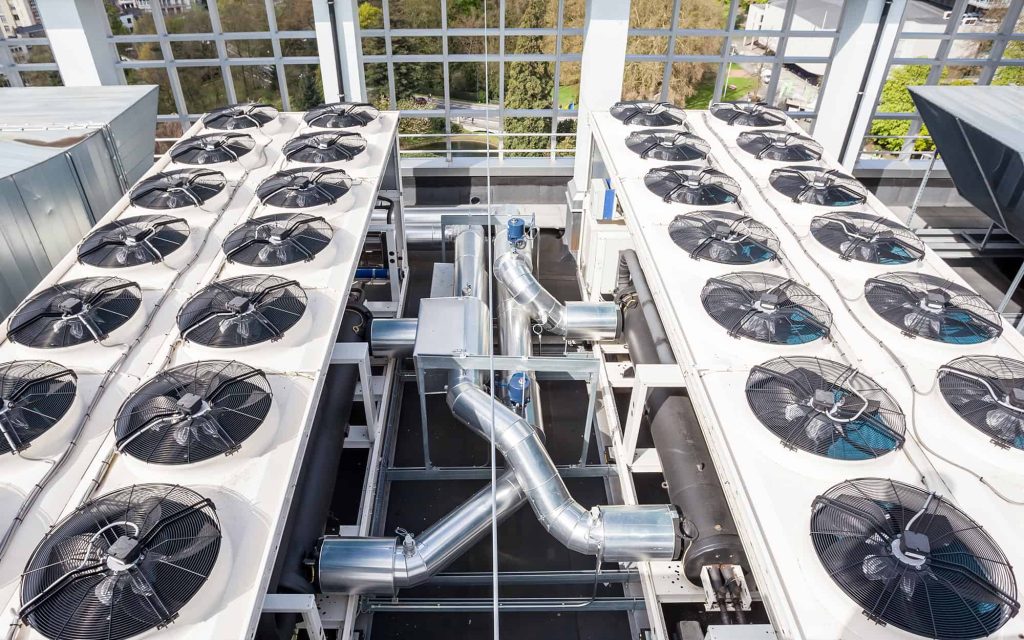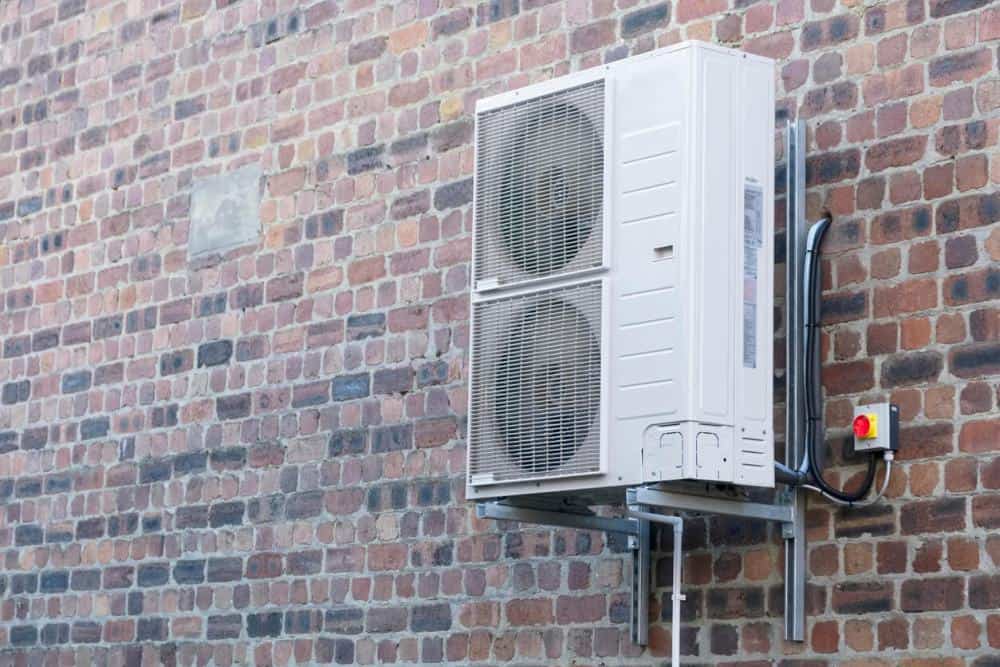The highest electrical loads in both residential and commercial buildings are typically caused by air conditioning systems. In factories, many different forms of industrial machinery use more energy than air conditioners, although cooling systems still carry a sizable load. Process cooling is a significant investment in these situations that goes along with air conditioning.
By modernizing air conditioners and other cooling equipment, buildings can drastically cut their energy costs. This is particularly true in regions with a warm temperature or expensive electricity. However, for an air conditioning upgrade to be successful, significant consideration and planning are needed.
Increase The Building’s AC System To Reduce Energy Costs

High nameplate efficiency equipment is crucial, but the air conditioning system also needs to be specified in accordance with the requirements of the building. Even the most efficient machinery will perform worse if the system configuration is not a good match for the structure.
Adapting Air Conditioner Upgrades to Building Needs
Despite the wide variety of layouts, air conditioning systems can generally be divided into two categories: unitary installations and central installations.
Unitary air conditioners have a packed design that comprises all of the parts required for operation and are intended for particular spaces. However, the primary cooling apparatus for central air conditioning systems is located in a mechanical room. Ducts and air handlers are used to produce the cooling effect, while hydronic systems also employ pumps and chilled water pipelines.
1) Unitary Air Conditioners: Since individual systems are independent of one another, unitary air conditioners are advised when building areas have significantly dissimilar working schedules. When the cooling schedules for different building regions are comparable, a central air conditioning solution is more economical.
2) Central Air Conditioning Systems with Chillers of Variable Speed: Chillers with variable speeds can scale down their capacity in central air conditioning systems to accommodate part-load conditions. However, in instances where the cooling cycles do not coincide, unitary systems provide the greatest degree of flexibility.

For both air conditioning setups, there is machinery with excellent efficiency. Variable refrigerant flow (VRF) systems typically give the maximum efficiency in unitary installations. On the other hand, the most effective alternative for a central air conditioning system is typically variable-speed water-cooled chillers.
The Value of a Sufficient Air Conditioning Capacity
More cooling capacity isn’t always a good thing when it comes to air conditioning architecture. The price of larger equipment rises along with the expense of maintenance. Large air conditioners frequently run in short cycles due to their plenty of spare capacity. A faster rate of mechanical wear results from this intermittent operation.
Air Conditioners

When not in use, modern chillers and VRF units can gradually reduce the amount of cooling they produce. As a result, the problems of excessive energy consumption and mechanical wear are resolved, but the wasted investment in the underused capacity remains.
Before making any HVAC upgrades, energy specialists advise performing a building envelope inspection. You should pay special attention to the insulation because poor insulation and air leaks increase the cooling demand. The stress placed on the air conditioning system is decreased if these problems are resolved first. As a result, the new units can be specified with a lower nameplate capacity and a higher efficiency.
Conclusion
Since most buildings’ largest electrical load is provided by the air conditioning system, energy efficiency measures that focus on it can result in significant cost savings. Numerous factors, including the local climate and electricity prices, affect the payback period.
If you’re thinking about upgrading your air conditioning, plan it for a season of the year when there won’t be much disruption. Since there is a high need for installation and maintenance services, summer is not a good time. After the cooling season is over, it is possible to make minor adjustments to cooling systems. Summer is not the best time to make upgrades because the air conditioning must be turned off and the interior temperature can quickly rise to intolerable levels.






GIPHY App Key not set. Please check settings